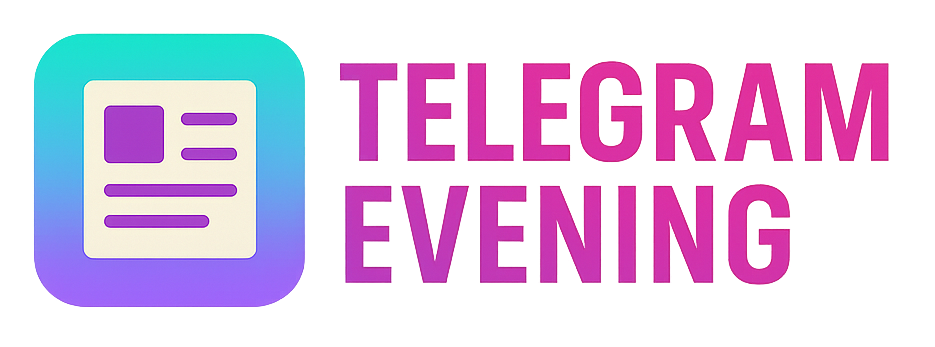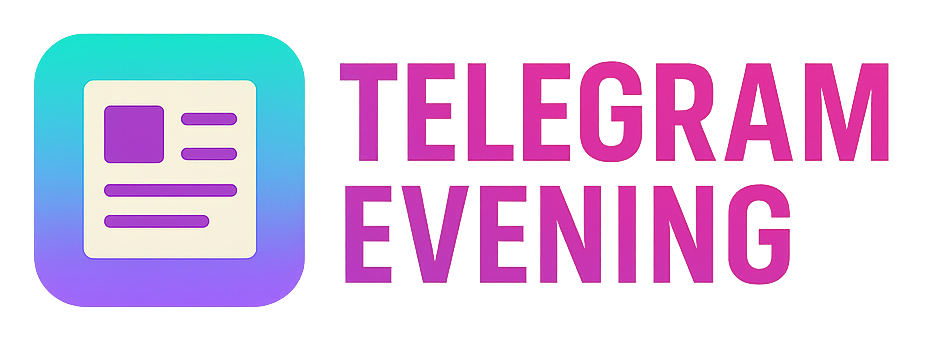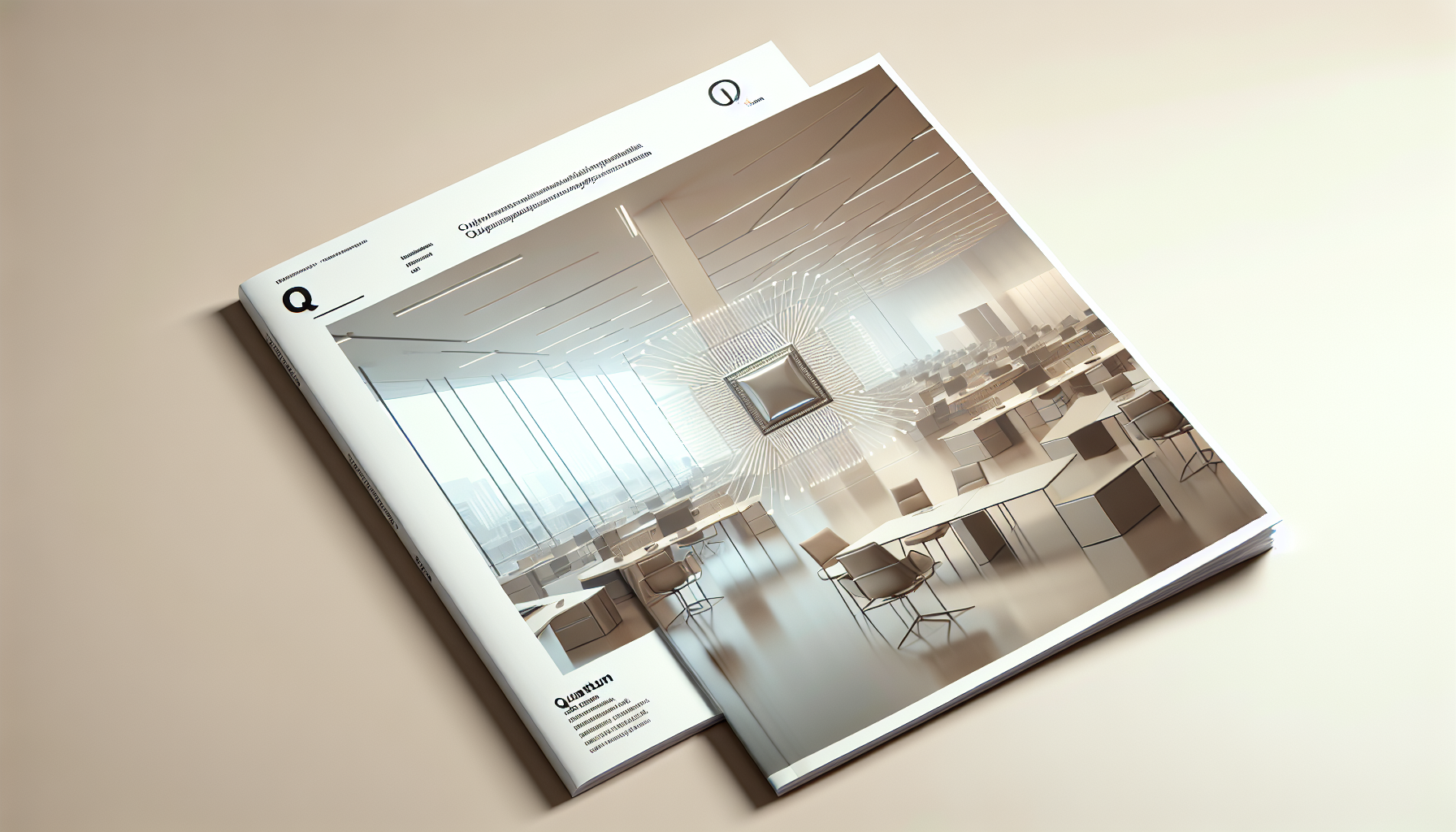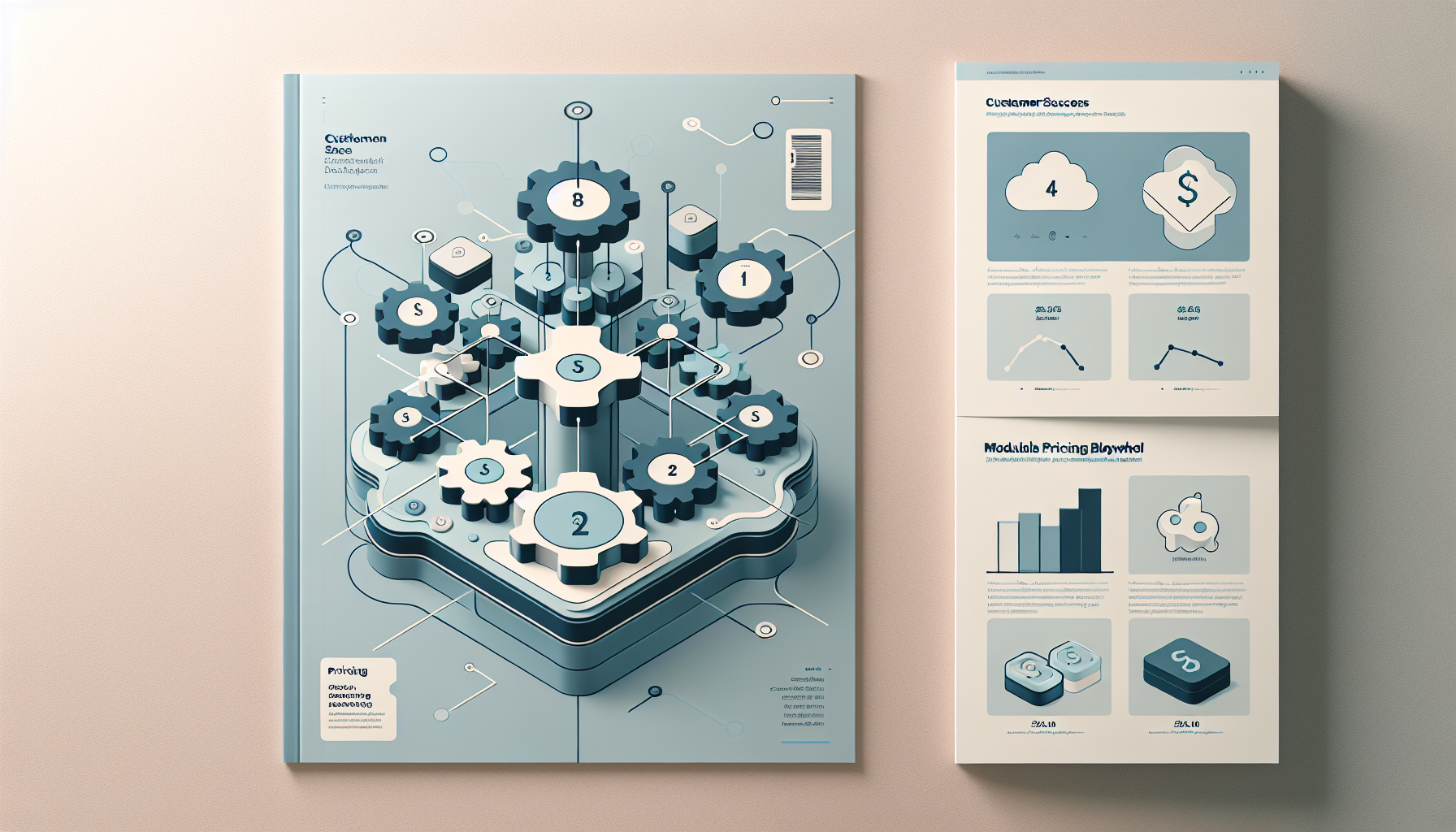Building Resilient Digital Business Models for Long-Term Market Adaptability
Crafting adaptable digital business models ensures lasting success in ever-changing markets.

Understanding the Evergreen Challenge: Market Volatility and Digital Business Resilience
In an increasingly digital economy, businesses must anticipate market fluctuations and evolving consumer preferences. The challenge lies in building digital business models that remain sustainable and adaptable over years, minimising disruption and maximising continuous value.
Solution 1: Modular & Platform-Based Business Architectures
This approach hinges on designing business models with modular components and platform ecosystems allowing rapid reconfiguration and integration of new features or revenue streams.
Step-by-Step Implementation
- Define Core Modular Components: Identify independent units of your product or service that can operate and evolve autonomously.
- Develop API-Driven Integration: Build interfaces that enable seamless connection between modules and third-party services.
- Design Platform Ecosystem: Encourage collaboration with external partners, developers, and customers to expand functionality and market reach.
- Iterative Feedback Loops: Continuously collect market data to adapt modules and platform offerings quickly.
<!-- Example of a simple modular API endpoint in Node.js -->
const express = require('express');
const app = express();
// Core module: User Management
app.get('/api/users', (req, res) => {
// Fetch users logic
res.json([{ id: 1, name: 'Alice' }, { id: 2, name: 'Bob' }]);
});
app.listen(3000, () => console.log('Modular API running on port 3000'));
Pro Tip: Building your digital business as a modular platform lowers the risk of obsolescence and enables faster pivots.
Solution 2: Subscription & Usage-Based Hybrid Monetisation Models
Combining subscriptions with usage-based pricing creates flexible revenue streams aligned with customer value and market conditions.
Step-by-Step Implementation
- Analyse Customer Segments: Identify which segments prefer predictable billing versus pay-as-you-go.
- Design Tiered Subscription Plans: Offer basic access with an optional usage overlay for premium features or volume.
- Implement Real-Time Metering & Billing: Use cloud-based tools to monitor consumption and automate billing.
- Provide Transparent Customer Dashboards: Enable customers to track usage and costs, improving trust and reducing churn.
<!-- Sample billing calculation snippet in Python -->
subscription_fee = 50 # fixed monthly fee in GBP
usage_units = 120 # e.g., API calls
unit_cost = 0.10 # cost per usage unit
total_bill = subscription_fee + (usage_units * unit_cost)
print(f'Total monthly bill: £{total_bill}')
Q&A: How does this hybrid model improve sustainability? It balances predictable cash flow with growth potential from high-usage customers, adapting as markets fluctuate.
Embedded Evergreen Insights
Did You Know? Over 70% of successful long-term digital businesses embed modular architectures to facilitate rapid innovation and market adaptation. (gov.uk Digital Strategy)
Internal Link
For enhanced security considerations within your adaptable business platforms, see Building Adaptive Quantum-Resistant Security Frameworks for Future-Proof Software.
Evening Actionables
- Audit your current digital product for modularity and define independent components for redesign.
- Map customer segments and test hybrid monetisation strategies with pilot groups.
- Develop API-first prototypes to enable scalable integrations and partnerships.
- Implement monitoring dashboards to track usage, feedback, and market signals for continuous adaptation.





Comments ()